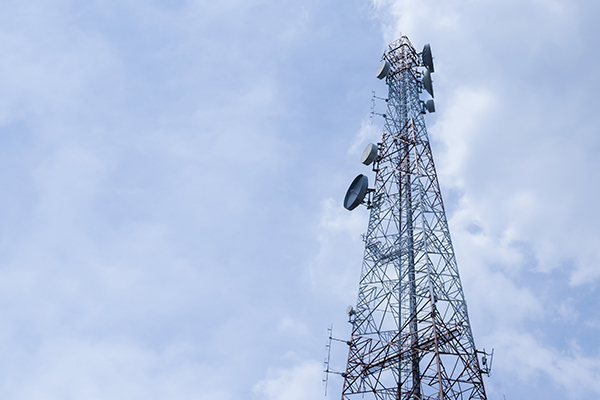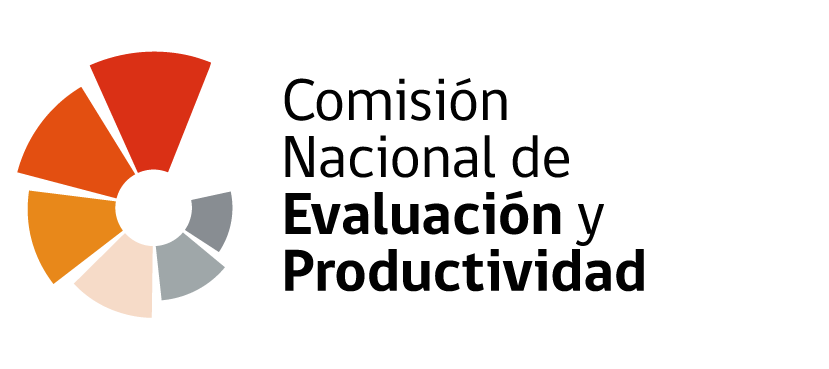
31 Aug Advancements in the study “Productivity in the Telecommunications Sector” were presented in Congress.
In the context of the discussion of the bill being debated in the Senate to acknowledge internet access as a public service, the National Commission for Evaluation and Productivity (CNEP) was invited to present the progress of the study “Productivity in the Telecommunications Sector,” whose final results will be announced soon.
To provide data, information, and analysis to address the barriers to productivity faced by the telecommunications sector in Chile, the Executive Secretary of the National Commission for Evaluation and Productivity (CNEP), Rodrigo Krell, presented the advancements of the research “Productivity in the Telecommunications Sector” in the Senate.
During the meeting, which took place in the context of the discussion of the bill currently being processed in the Senate to recognize internet access as a public service, Rodrigo Krell referred to a set of findings related to coverage gaps, deficiencies related to infrastructure deployment, and the institutional framework of the sector.
Specifically, he pointed out that in Chile, there are approximately 2.2 million households without access to fiber optics, and there is heterogeneity in the quality of service across the territory: in fixed broadband, the region with the highest download speed (RM) records a level that is four times higher than the lowest-performing region. According to estimates by the CNEP, approximately 21,600 kilometers of fiber optic infrastructure are needed to close the connectivity gap in the last mile with this technology.
Regarding the obstacles to network deployment, he mentioned lengthy processing times to obtain and modify concessions, repeated non-compliance with regulations, a divergent authorization regime, and low availability of specific areas for installing facilities.
He detailed that although the regulations establish a deadline of 6 months to obtain and modify concessions, in practice, the average time between 2012 and 2021 for granting a concession was 400 calendar days, while for modifications, it was 263 days, representing an average excess of 220 and 83 days, respectively.
He explained that this situation arises, among other factors, because the authorization regime for telecommunications services is divergent. In effect, an entity wishing to provide services must separately process authorization for each type of service (e.g., voice calls and data transmission), which hinders their ability to adapt to advances in new technologies quickly.
Another finding identified was that, despite special rules facilitating the installation of telecommunications infrastructure on certain public lands, support towers for antennas and radiating transmission systems tend to be located on private grounds. In this regard, since 2012, when the Antenna Law was published in the Official Gazette, 88% of the Permits for the Installation of Support Towers for Antennas and Radiating Transmission Systems for telecommunications (PITSA) over 12 meters in height were granted for placement on private lands, and only 2% for lands belonging to decentralized public bodies.
Municipalities are mandated by the Antenna Law to determine the areas where interested parties would preferably have the right to use place support towers over 12 meters. However, in practice, more than ten years after assuming this role, very few municipalities have fulfilled this mandate. For example, in the Metropolitan Region, only eight municipalities have issued the respective ordinance.
To understand and identify the problems associated with the mentioned permits, the CNEP collected qualitative and quantitative evidence showing extensive processing times in the granting process. In this regard, the average processing time for PITSA permits granted between 2012 and 2021 was 154 calendar days, values that exceed the processing times for permits for more complex projects awarded by the Directorate of Municipal Works, such as building permits, which take an average of 127 days (CNEP, 2019), a significant difference since some several sectoral procedures and authorizations must be obtained before the installation of a support tower.
Finally, it is worth mentioning that the CNEP will soon publish chapters related to the digital divide, covering topics such as access, coverage, usage, and quality. It will also include a spectrum analysis. Upon completion, the report will present a series of public policy recommendations to the government of Chile to improve the performance of the sector and reduce the digital divide.



